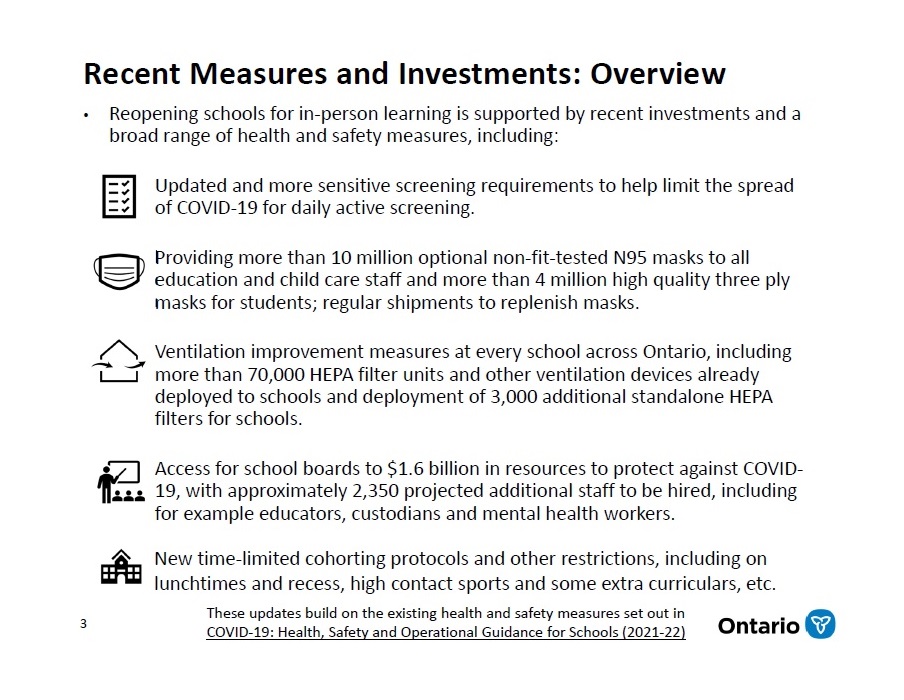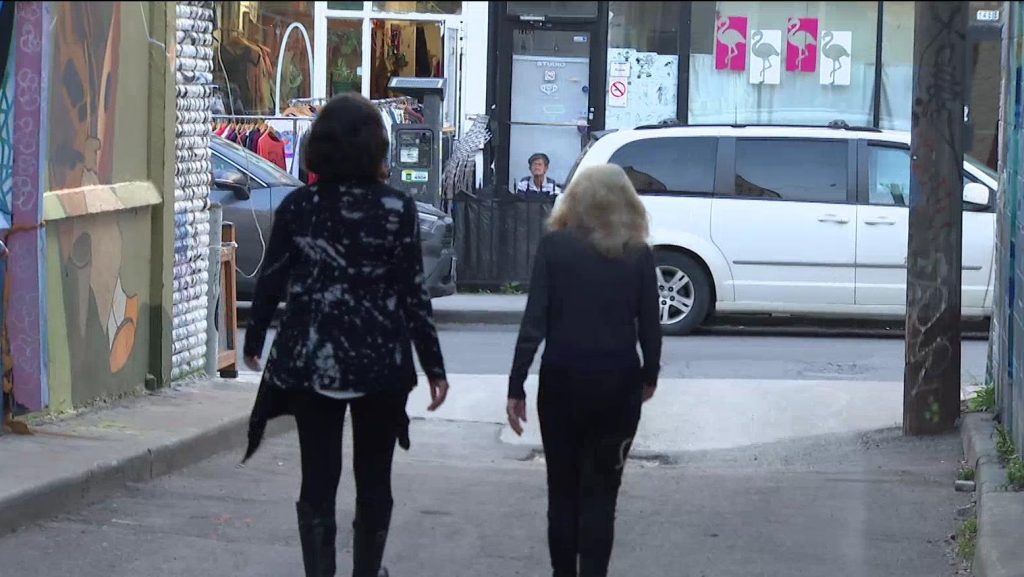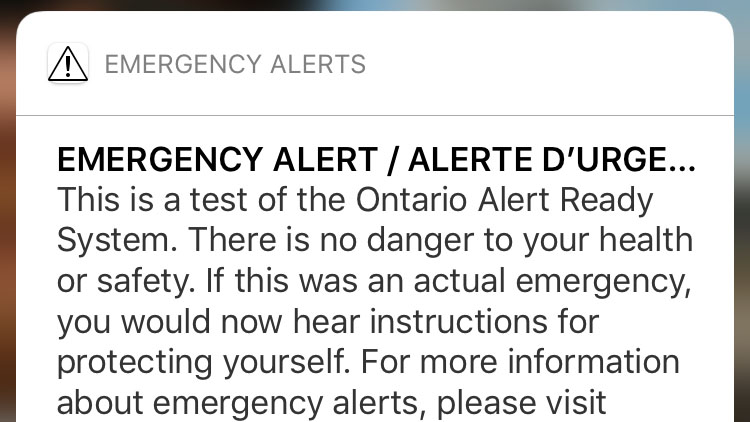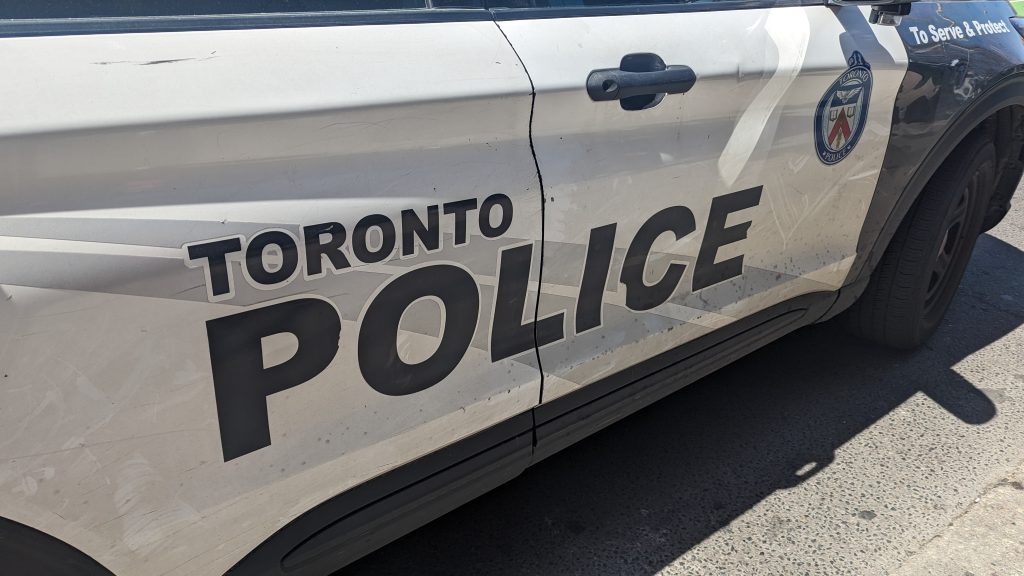Principals only required to report COVID outbreaks when schools hit 30% absenteeism
Posted January 12, 2022 6:36 am.
Last Updated January 13, 2022 6:41 am.
Principals at Ontario schools will only be required to report COVID-19 outbreaks to Public Health Units when absenteeism rates among students and staff hit a 30 per cent threshold, but parents will have access to data on school outbreaks before they reach that severity, the Ministry of Education assured Ontarians on Wednesday.
The province says the 30 per cent threshold only applies to reporting to Public Health Units, but the information will still be available through the Ministry before reaching that point.
“Principals have to report daily absences to (the) Ministry … regardless of percentage of absenteeism,” Minister of Education, Stephen Lecce’s office clarified after concerns that parents would be left in the dark about the status of their kids’ schools.
“This will be reported as part of our new reporting on (the province’s) website … Parents will have access to that data BEFORE 30% is reached as per our new reporting,” Lecce’s office stressed.
Earlier Wednesday the province revealed details of its back-to-school plan. Students and staff will return to classrooms on Monday, January 17 and Lecce outlined a variety of measures that aim to keep schools safe and open amid a surging wave of COVID-19 Omicron cases.
Lecce said Ontario’s return to in-person learning will focus on rapid testing, improved ventilation and more access to vaccinations and personal protective equipment (PPE).
The province’s plan includes doling out two rapid antigen tests to each student and staff member to be used when symptomatic.
The rapid antigen tests will be provided “starting with staff in child care and public schools, children in child care settings, and students in public elementary schools, followed by secondary students,” the province said.
“Ontario’s plan to open and protect schools is focused on deploying millions of rapid tests to our schools and our child care centres, enhancing ventilation and high-quality PPE, along with increasing access to vaccines for both children on a voluntary basis, and staff,” Lecce said.
When it comes to staffing issues, the province said it will lean on retired educators and student teachers to help fill inevitable staffing gaps.
Lecce touted new measures to enhance staff capacity and deal with the expected staff absences, including a new arrangement that nearly doubles the number of days retired educators can work, from 50 to 95 and allowing first and second‐year teacher candidates to become eligible to help provide temporary staffing at hard-hit schools.
In a bid to minimize school closures, the province also advises rotating, planned remote days if needed and combining classes and assigning students to different classes where necessary.

Premier Doug Ford says his government isn’t “holding back on anything.”
“I’m optimistic, cautious but optimistic, that we’re going to have a good opening on Monday,” Ford said after Wednesday’s press conference. “We’re going to be vaccinating the kids in schools,” the premier continued, urging parents to sign permission slips to approve the treatments.
“We’re going to throw everything we can on making sure we have a good (school) opening.”
On Tuesday, the province updated its back-to-school guidance, saying that students will only be eligible for PCR testing if they develop COVID-19 symptoms while they are at school. Cohorts will no longer be dismissed in the event of a positive case and schools will no longer routinely notify students in classes with a positive case.
Students that test positive at school will need to adhere to the provincial isolation and testing guidelines.
Health Minister Christine Elliott was asked Tuesday what has changed to allow schools to safely reopen next week.
“We know it helps students to be in school for their mental and physical health,” she says. Adding the government “has done everything that we can to make school safe for students.”
Related: Ontario updates back to school guidance as school boards, teachers feeling left in the dark
Back-to-school plan sparks controversy
The CEO of Ontario Health, Matthew Anderson, said Tuesday he doesn’t expect opening schools alone to drive COVID-19 cases higher. But he does expect the number of people infected in the community to increase, which will lead to teachers taking more time away from school.
“The data suggests that being back in school does not drive up the cases for our kids,” says Anderson. “What we need to monitor really is absenteeism for our teachers and for the kids coming back to school.”
But Epidemiologist Colin Furness told CityNews the province appears to be more interested in monitoring a problem rather than preventing it. He says the data Anderson cites about schools not driving up cases “does not exist.”
“Modelling data tells us that opening schools is a giant mistake and that we are going to see a great deal of transmission,” said Furness.
Karen Littlewood is the President of the Ontario Secondary School Teachers Federation (OSSTF) and says her teachers are confused by the new guidance.
“Is school a magical place where if you develop symptoms at school you should be tested but if you develop symptoms at home you’re okay?” she asks. “I really don’t understand the reasoning behind all of this.”
The Ford government is pointing out that almost every province has implemented similar testing measures in schools and many Canadian provinces never tracked school cases at all.
With files from the Canadian Press. Jessica Bruno and Lucas Casaletto of CityNews contributed to this report.










